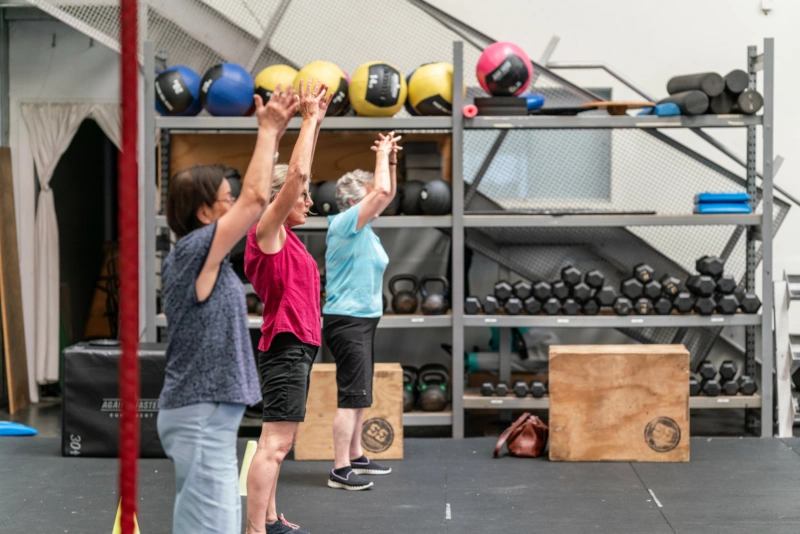A recent diagnosis of Parkinsons can be overwhelming. Understanding the pathophysiology of Parkinsons is vital in understanding how and why implementing exercise is key to effective rehabilitation. Knowledge is power.
What is Parkinsons?
Parkinsons is a progressive neurological disorder that is caused by the gradual loss of nerve cells within the brain that make the neurotransmitter dopamine. Dopamine is crucial for smooth, coordinated muscle movement. Therefore, less dopamine means slowed, less controlled, smaller movements. At diagnosis, you may have already lost approximately 70-80% of dopamine producing cells. Medication is used to help ‘restock’ your dopamine levels and improve your symptoms of Parkinsons. Over time, as dopamine continues to reduce, you require more medication to ‘top up’.
Medication cannot protect your dopamine producing cells and over time medication can be less effective. The good news is, that not only is Exercise symptom modifying, it has also been shown to be disease modifying and should always be used in conjunction with medication for helping slow progression.
Causes & risk factors
- Mostly idiopathic (unknown cause), but:
- Genetics: About 10% of cases are linked to inherited gene mutations.
- Environmental factors: Exposure to certain toxins may increase risk
- Age: Most common in people over 60.
Common symptoms
- Tremors: Often starting in the hands or fingers, especially when at rest.
- Slowness of movement (bradykinesia): Making everyday tasks more difficult.
- Muscle stiffness and rigidity: Can affect posture, the way you walk and cause discomfort.
- Balance issues: Early signs might include stumbling or tripping
- Speech and writing changes: Softer voice, slurred speech, and smaller handwriting.
But it’s not all about movement! A loss of dopamine also disrupts a wide range of non-motor functions, many of which can be just as debilitating. These effects stem from dopamine’s role in regulating mood, cognition, autonomic functions, and sensory processing.
Non-Motor symptoms
- Depression and Anxiety
- Cognitive Decline
- Apathy and Fatigue
- Constipation and urinary issues
- Orthostatic Hypotension
- Loss of sense of smell
- Insomnia and fragmented sleep
Treatment Options
While there’s no cure, symptoms can be managed with:
- Medications: Like levodopa to boost dopamine levels within the brain. In New Zealand, common dopamine therapies include Sinemet and Madopar
- Physiotherapy: Has been shown to help manage symptoms and may also slow the progression of the condition. . There is promising evidence in the benefit of exercise and Parkinson’s specific exercises
- Speech and Language Therapy: Has been shown to be effective in improving vocal loudness and enhancing articulation
- Surgical options: Deep brain stimulation for advanced cases.
Need support
If you’ve been diagnosed with Parkinson’s in the last 12 months by a neurologist or geriatrician — or have a confirmed diagnosis linked to a PINK1 gene variant — you may be eligible for support through our national allied health network.









